
U.K.-based indie artist Eloise doesn’t have a standard songwriting routine. Rather, she writes when inspiration strikes. “It’s annoyingly variable,” she admits. “I’ll be out with friends having the best time ever, and then I’ll be like, oh no, I’ve got to leave now. I have to go and flesh this idea out.” When ideas for her recent low-fi R&B-inspired singles “Therapist” and “Drunk On a Flight” came to her in the middle of the night, the 23-year-old songwriter had no choice but to oblige.
Eloise began taking piano lessons at age four and started writing songs at age eight. As a child, she wanted to be in musical theater, telling For the Record that “music ended up being the very clear thing that came super naturally to me.” In 2019 she put out her first EP, This Thing Called Living, and began to see those times she left her friends early start to pay off.
Was there a moment you realized that your work was being heard?
I built up a lot of stuff before I put music out. And by touring, I built up a lot of listeners who were ready to listen to what I released, which is such a powerful thing to do. But I think the moment for me was probably just before COVID-19. Billie Eilish had mentioned my music in different interviews, and especially “Left Side.” I just saw my streams drastically go up. And that was just such an important moment in my career, basically, because not only was it validating, but that’s also a song that’s quite niche—it hasn’t got a chorus. It’s really nice for that one to have been found. And it was the beginning of, like, this ball rolling, basically, with everything I do translating into streaming land. The magic.
I also remember getting on the Our Generation playlist for the first time. That was one that felt very cool because at the start, it was quite hard to be placed because I was very much going into a way more jazzy vibe, or a coffee shop vibe. When I first was on Our Generation, I thought, “Oh, I’m in the cool person playlist—young people listen to this. And not just in the background, but intentionally, on their car journeys and stuff.” So that was a really nice moment. But any time I’m on New Music Friday, that’s always brilliant—just a real thrill every single time. It’s quite nice to be supported. And it just spreads the word so well, better than you can, at the end of the day.

Image credit: Charlotte Patmore
And that moment continued to build. What happened next?
It’s funny because soon after that, we all went into lockdown. And to be honest, I felt like I lost the trajectory that I had before COVID-19. For all of us who were developing at that time, everyone’s success lost momentum, really, in that two-year period. So I spent that time just writing a mini-record.
And then I put it out in 2021 after not having put out music for a few years, and it was just incredible. The people were still there! That’s kind of a move you can’t do unless you’re famous and people will still be waiting for you. But people had been waiting that whole time. People clicked that little follow button and just kept it going.
It’s funny because my streams are always growing—they’re almost linear, which is a really nice and rare thing, but they’ve never spiked and then dropped off. It’s a very slow climb, but it keeps climbing. So during that time, I definitely built a wider audience; there are more people who joined the fam.
As your career has taken off, what’s changed in your life?
Well, I mean, I moved out. I lived with my friends, which in itself, you know, I couldn’t have done before. I moved into a really lovely house with my friends in the part of London we’d always daydreamed about living in when we were kids.
And then not only that, but then I eventually got to move into a flat by myself.
And those two things happening have been monumental. I have so much freedom and space to make music and to find my sanity. What a journey you go through when you live by yourself. It’s been incredible. I’m in a building where I can make a racket the whole time. I can get up at four in the morning and have an idea and write it down. That’s why all of the songs on my upcoming album are literally “four AM songs”—songs that I was able to just, like, play in my space without waking anyone up.
Can you share some of the hurdles you’ve experienced in your career?
When you’re someone like me, there’s a weird relationship you have with your job because in order for you to be successful and make enough money to live and live a lovely life, you have to be willing to give some things up. I’m such a homebody; I’m such a pub-with-my-friends person. But starting when I was 17, I was on the road for basically three years. So I definitely put this real value on my home life. And you know, this industry is not about your home life.
It was also really hard to get people on board with the fact that I was independent. For me, it was the most exciting thing ever because the way my manager would answer my concerns of “I don’t want to give too much up” was brilliant. He was like, “This is what we do. We just do it on our own terms. If it does well, it does well, and then that’s great. And the word will spread.”
All this was a massive risk, and I’m super lucky that it paid off. But the reason I can live the way I do, and by myself in London, is because I released that music independently and made that money for me from the songs I wrote from the streams that I got. It feels like the way it should be, like, super, organic, and lovely.

Image credit: Charlotte Patmore
Any dream collaborations?
I kind of love to do stuff with people who are way cooler than me—like Anderson.Paak. I’d love to do a soul song with him. Probably stuff that is different from what I do. If I’m going to go and challenge myself by doing a collaborative project, I’d love for it to be challenging on all fronts.
How have your fans reacted as you’ve put out more music?
When I eventually went to record my EP, the thing that people said—which is how I feel with any of my favorite artists—was, “I’m so proud there’s more of you, that there’s more to know of your music.” And I think people feel like I’ve let them in on the secrets in my music. They also have this feeling that they know me and that they get to hold a piece of me. They know where I am musically in my life, and it’s such a lovely, shared experience. And the people who listen to my music are so gorgeous. They’re such lovely, lovely, lovely people, and they share my music all the time. That never slows down—it’s really nice.
Watch other rising artists and discover how they made it using Spotify tools on Spotify for Artists.
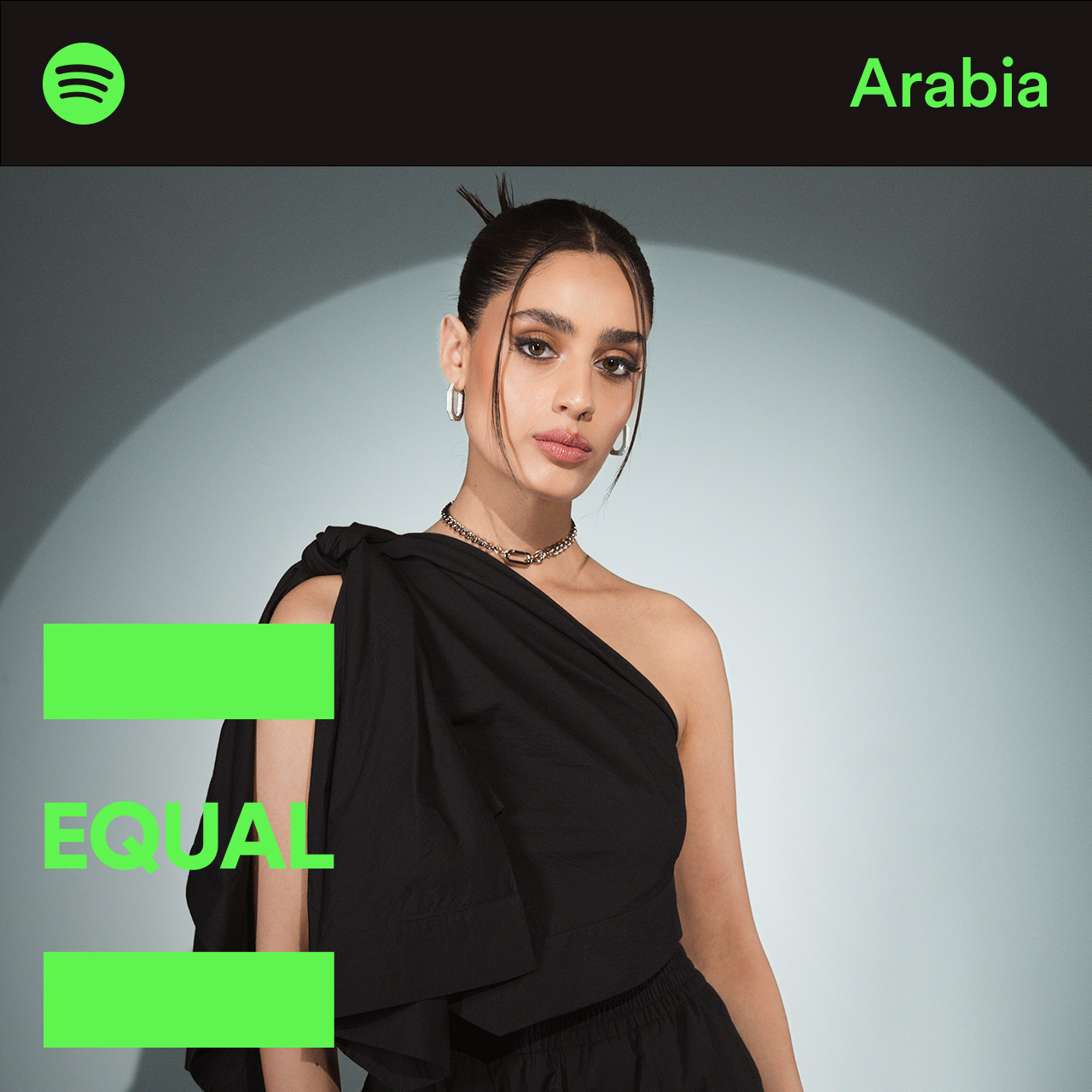







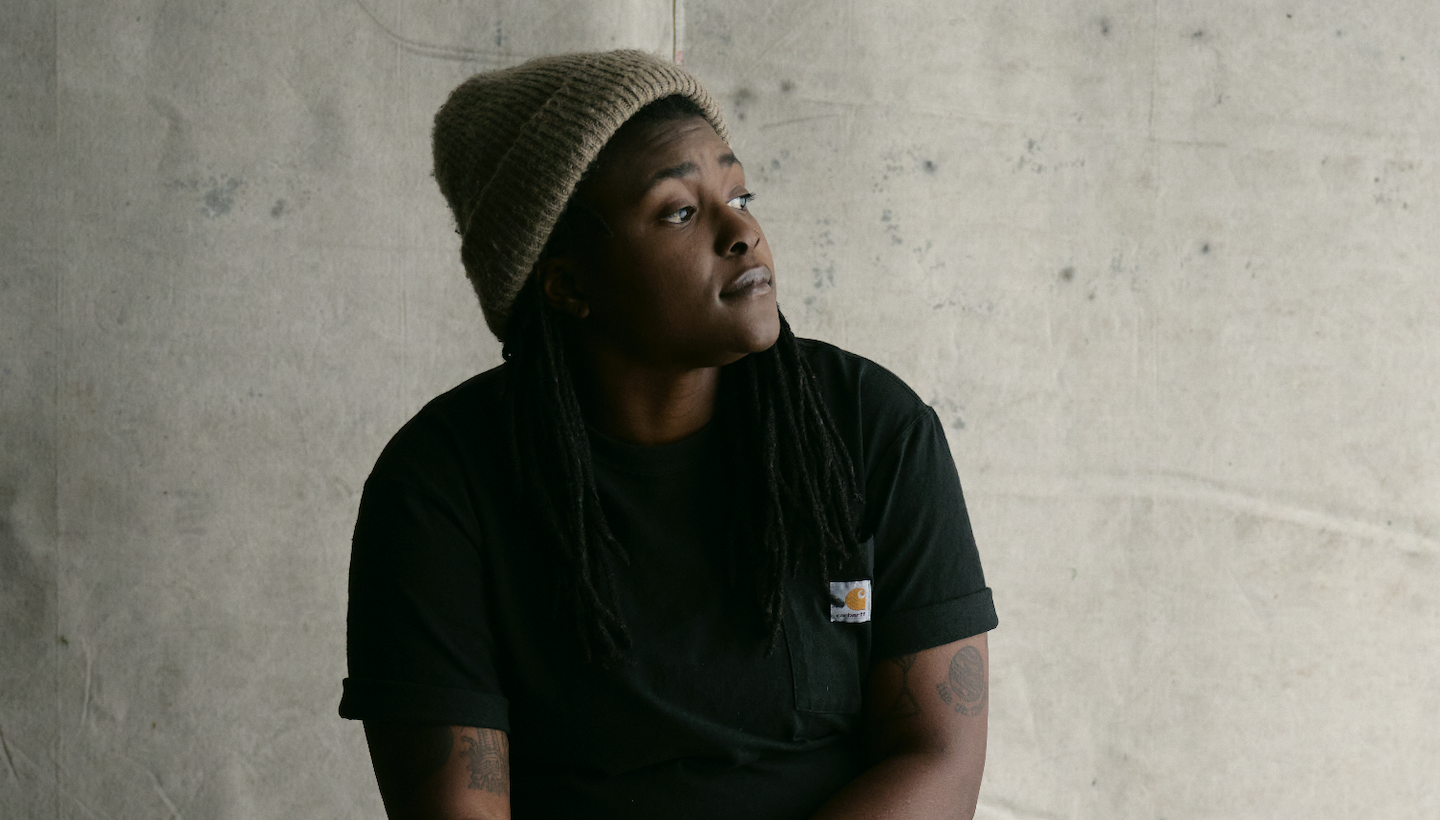
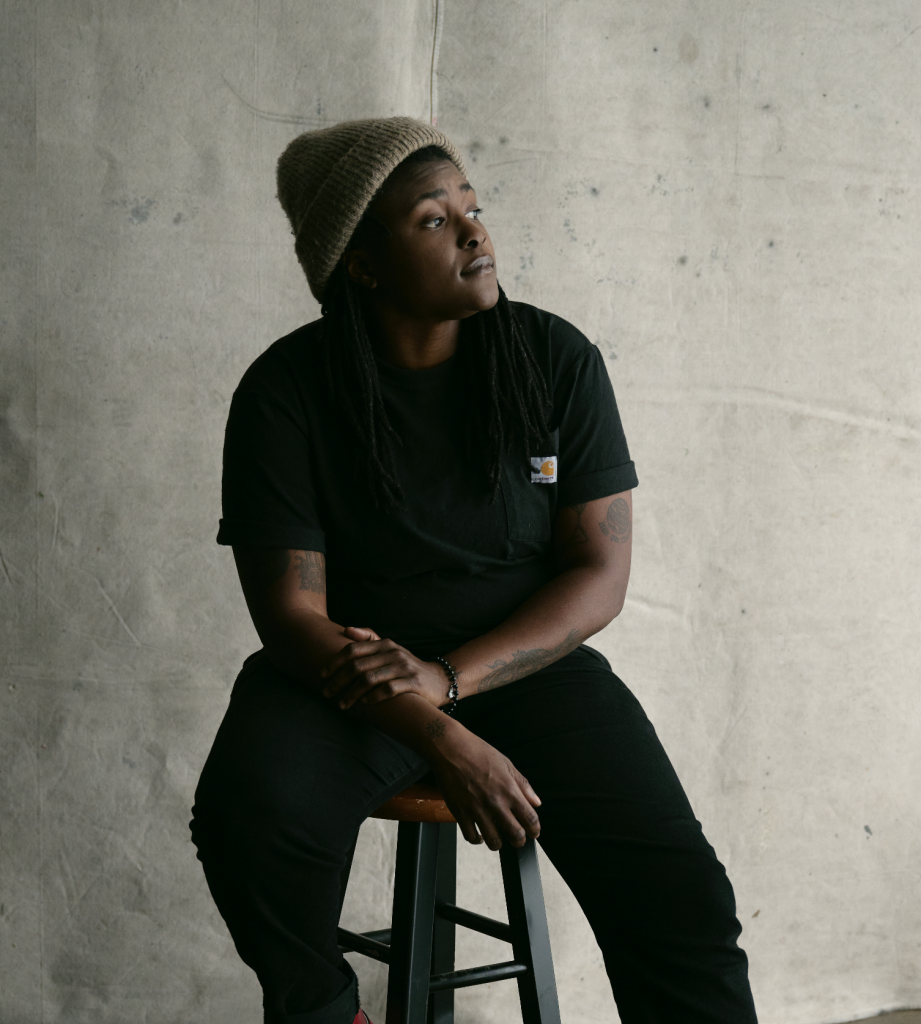



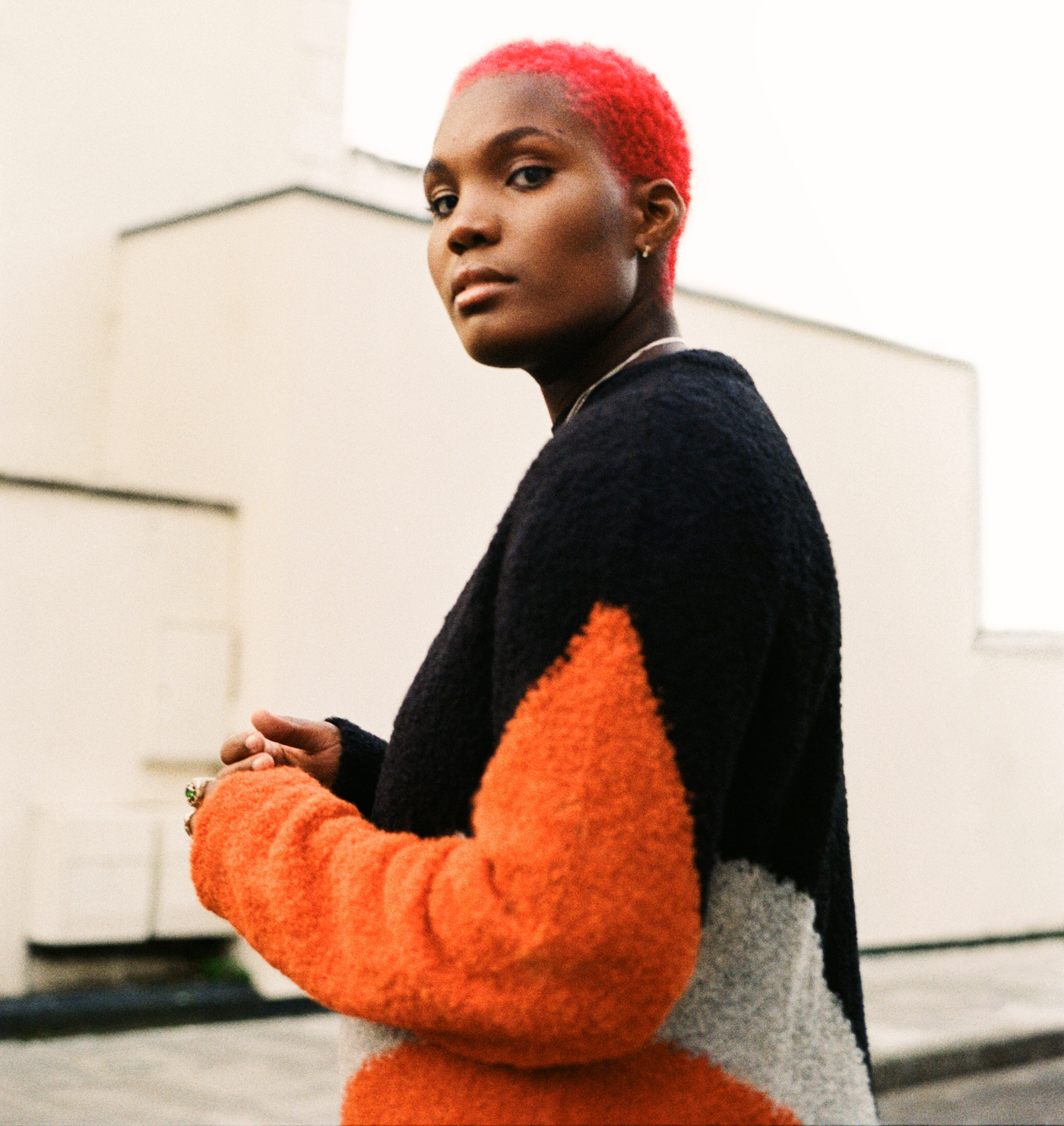
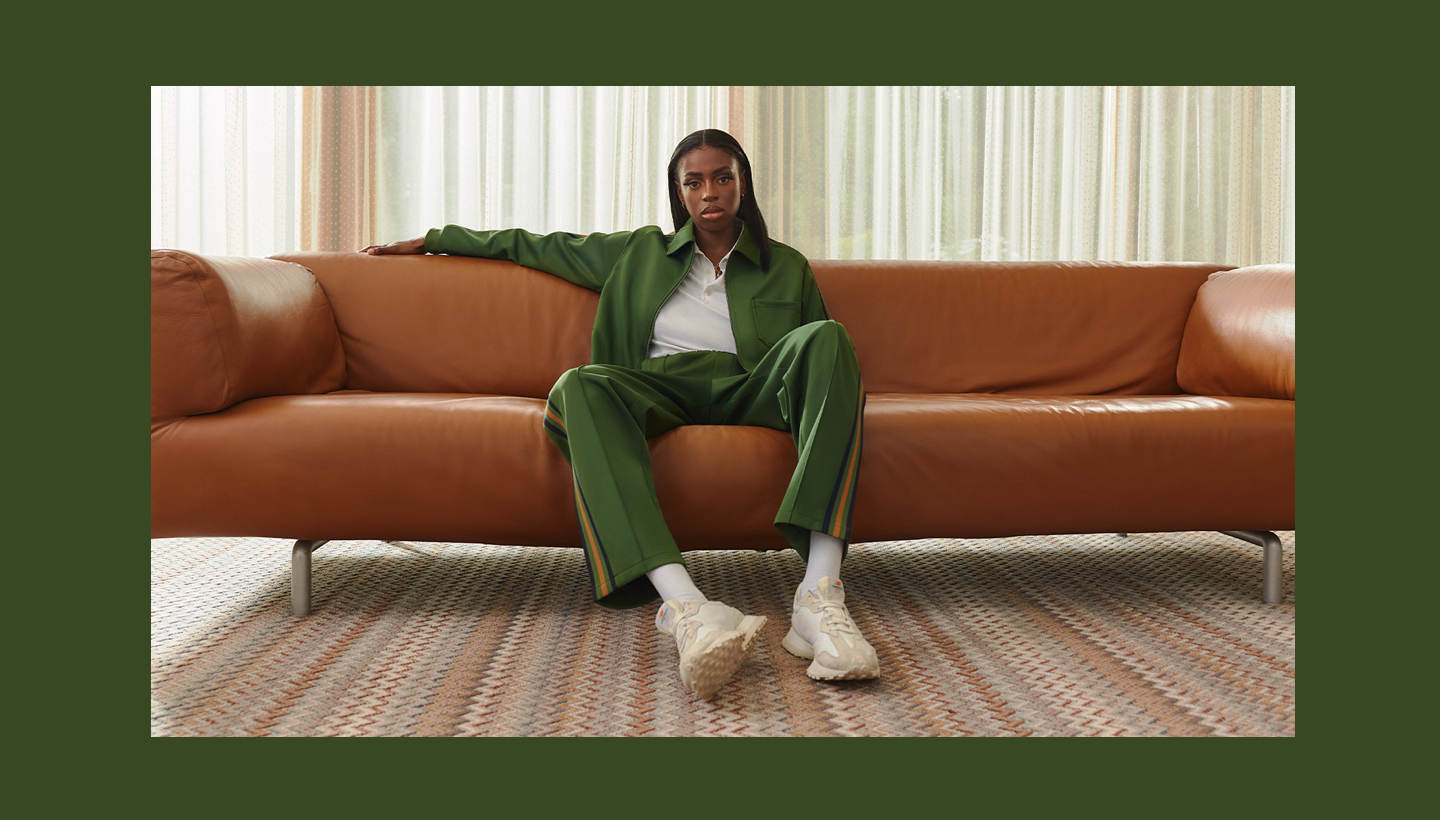
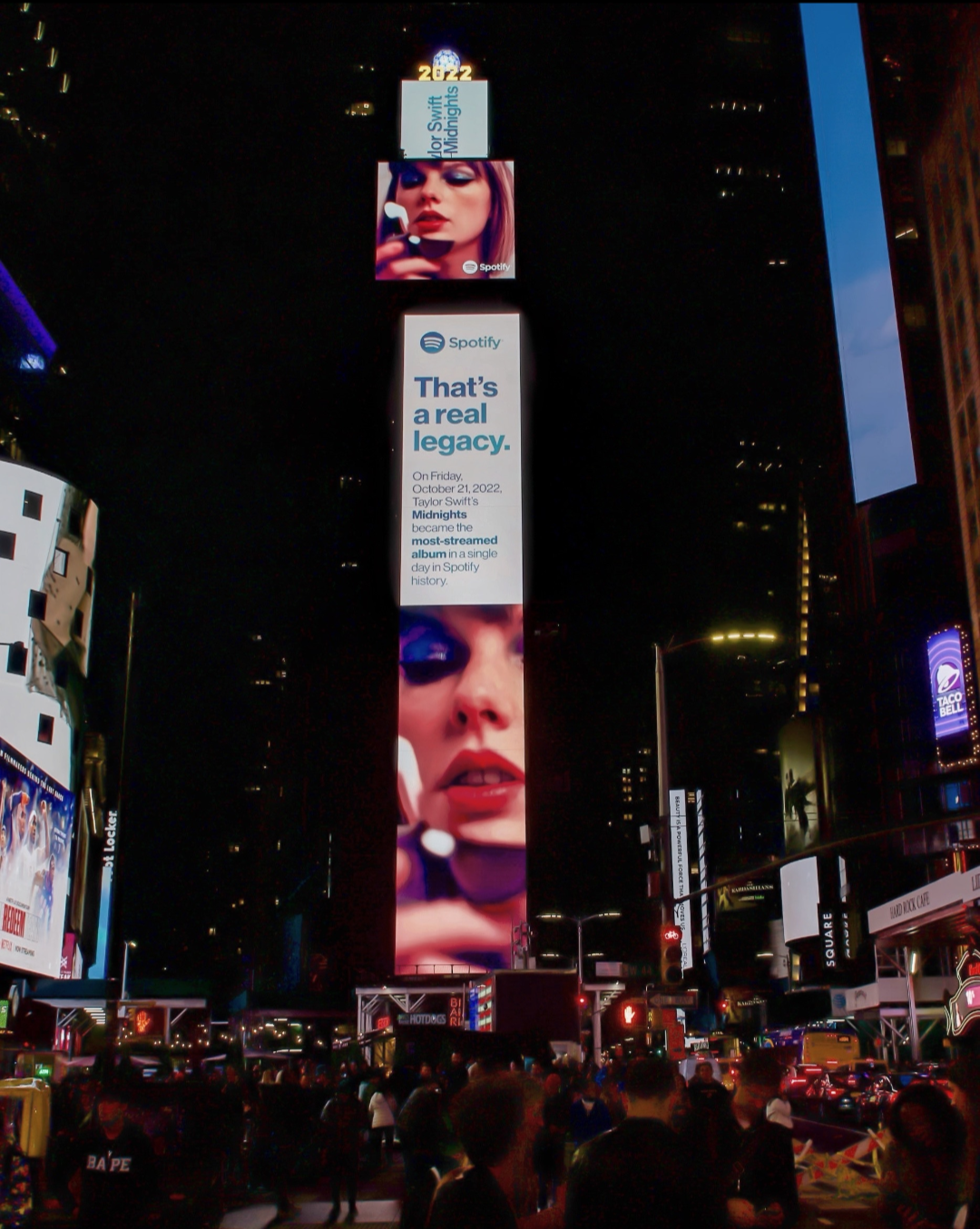
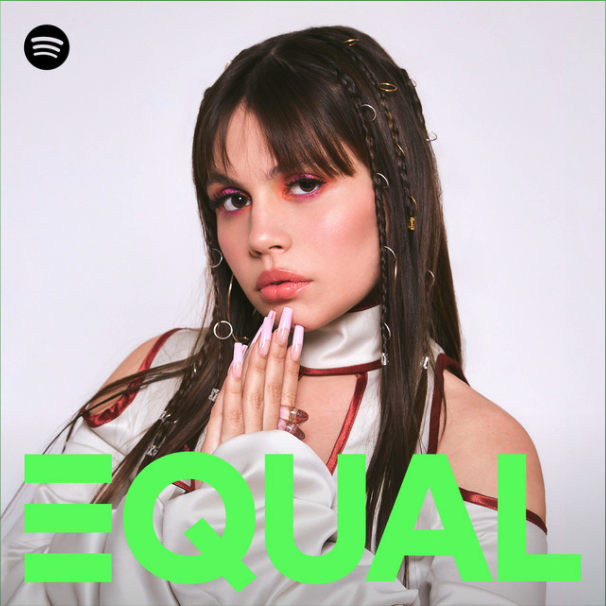
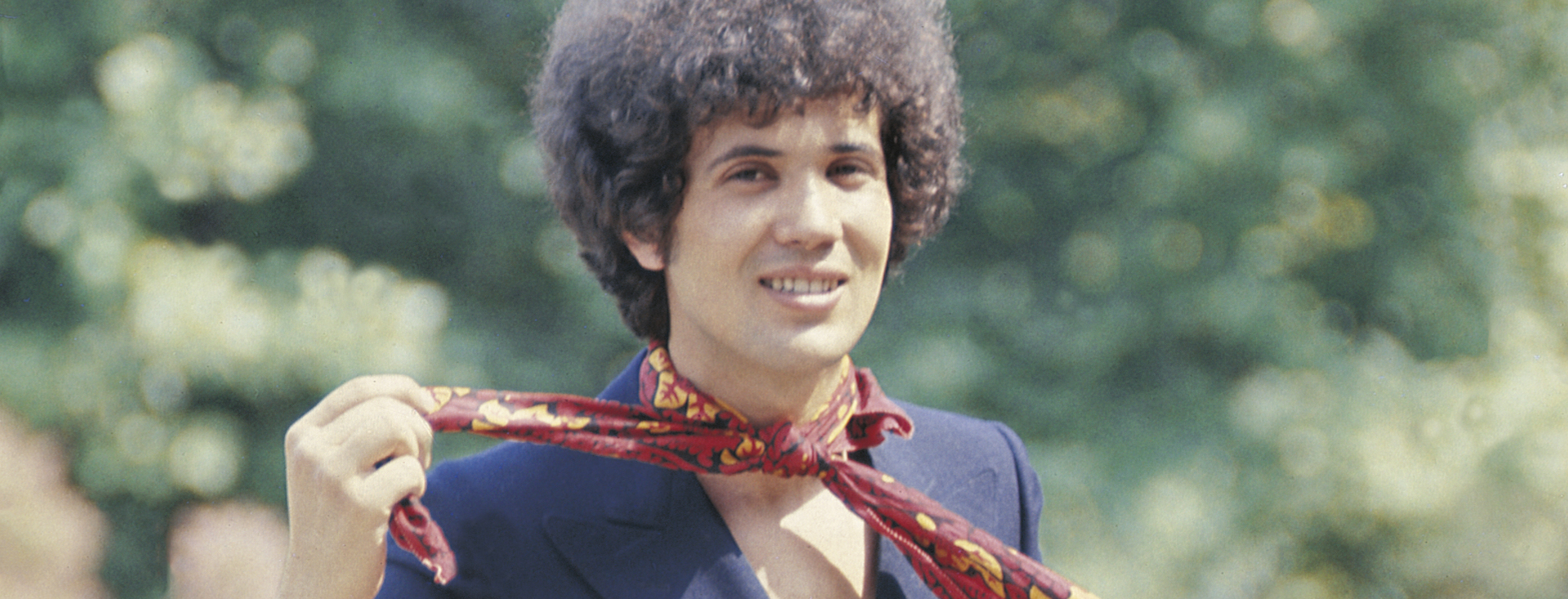
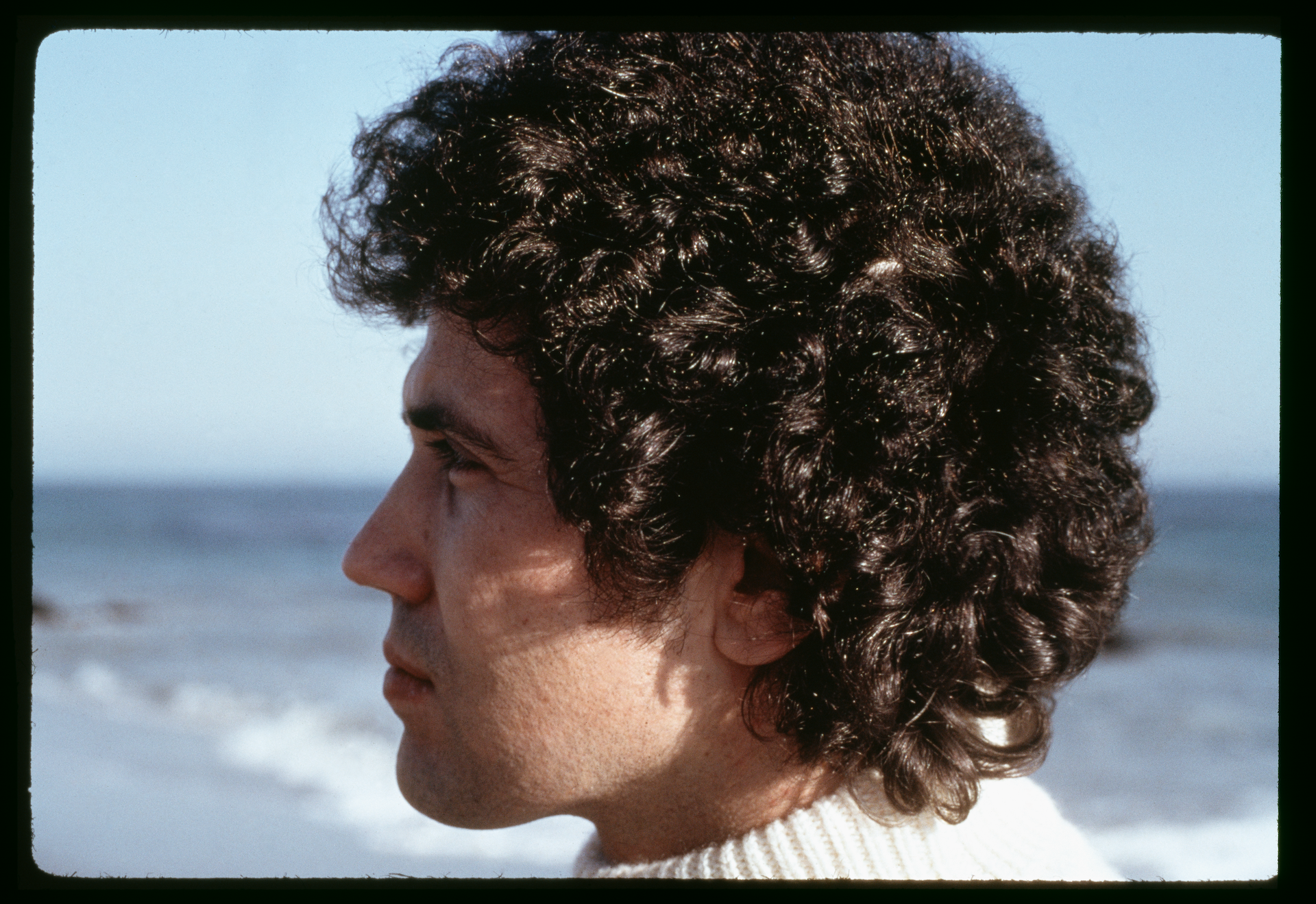

Recent Comments